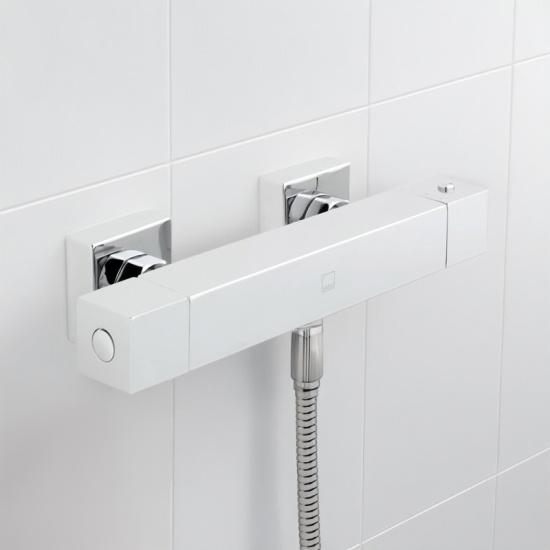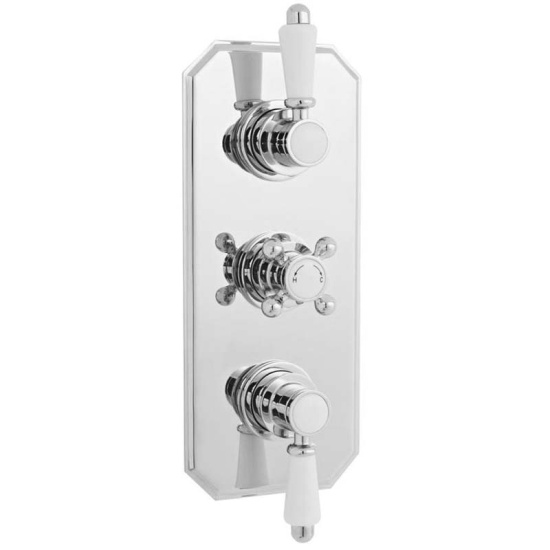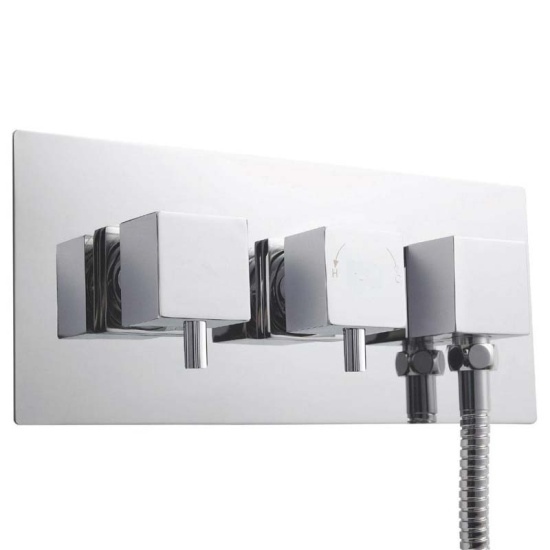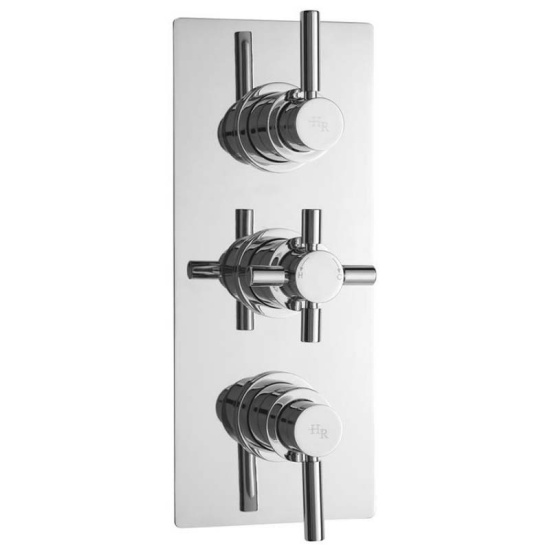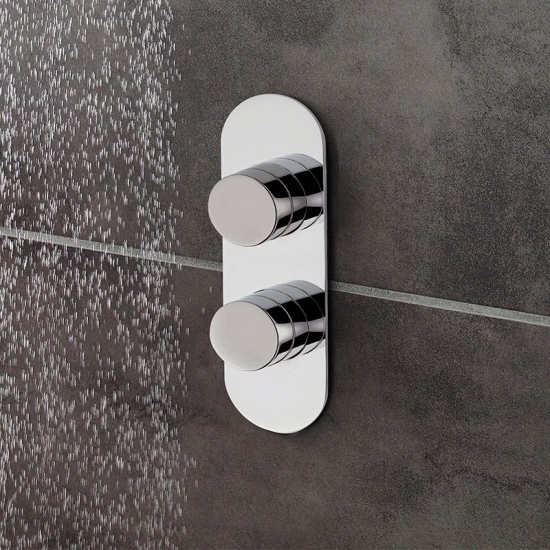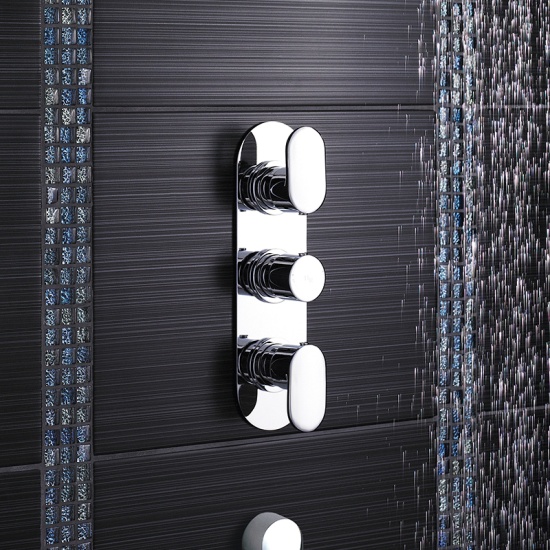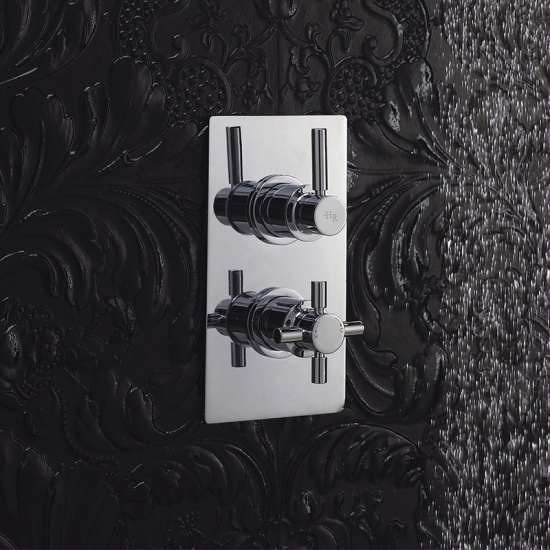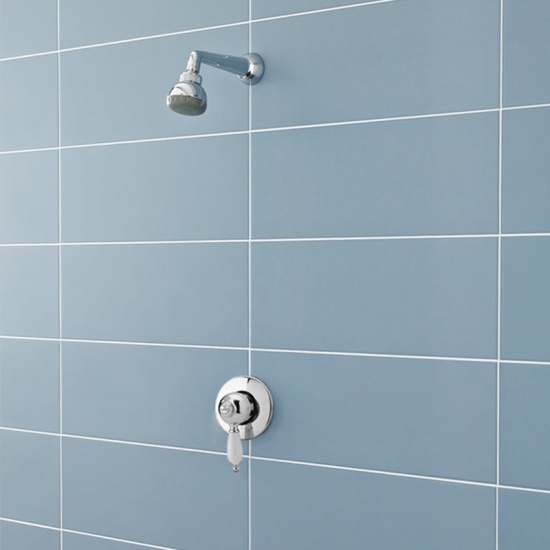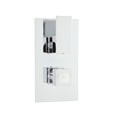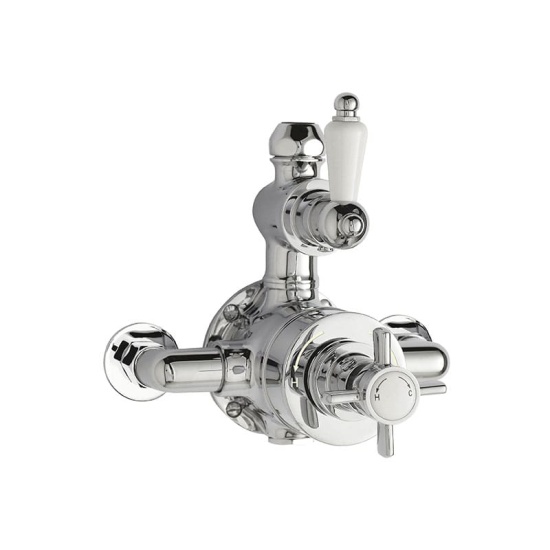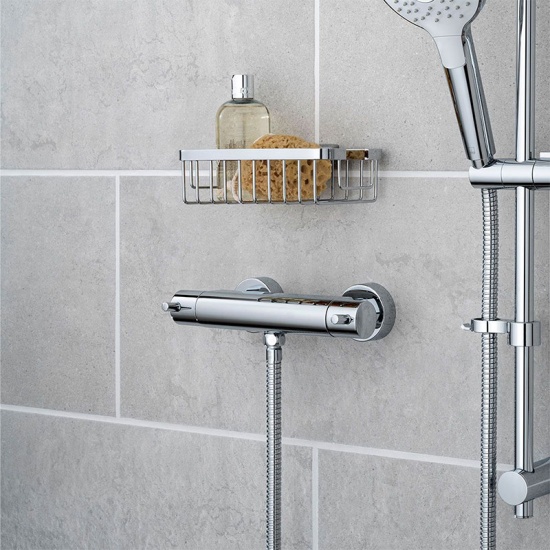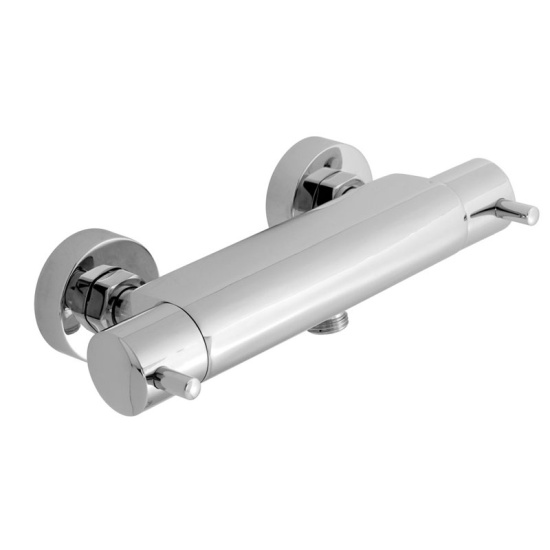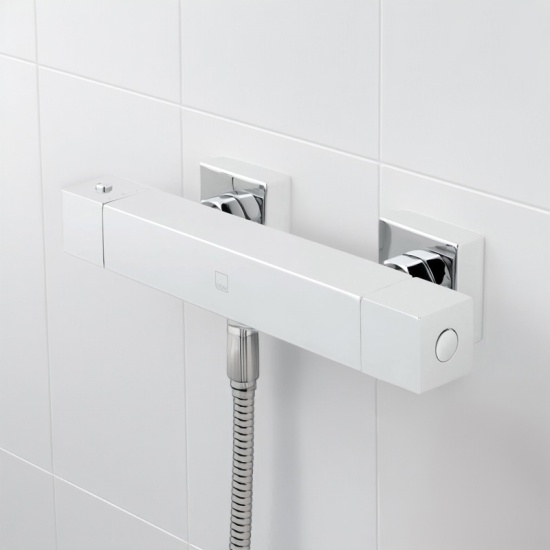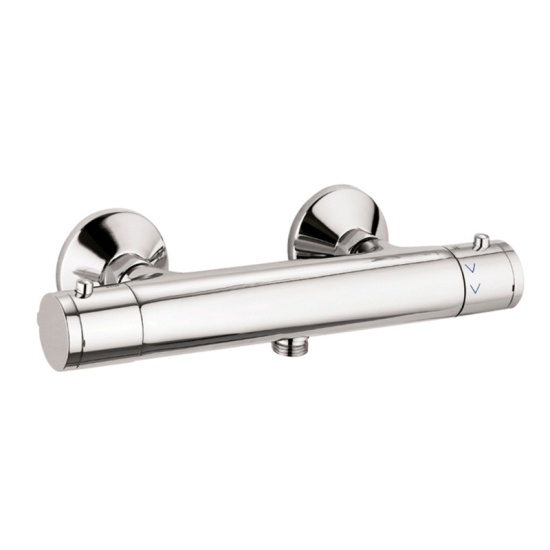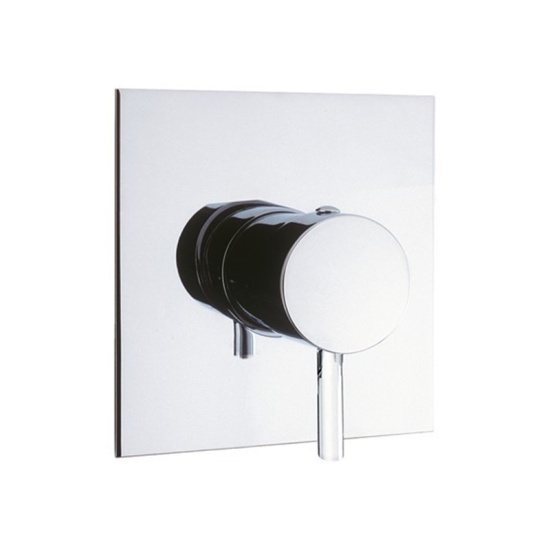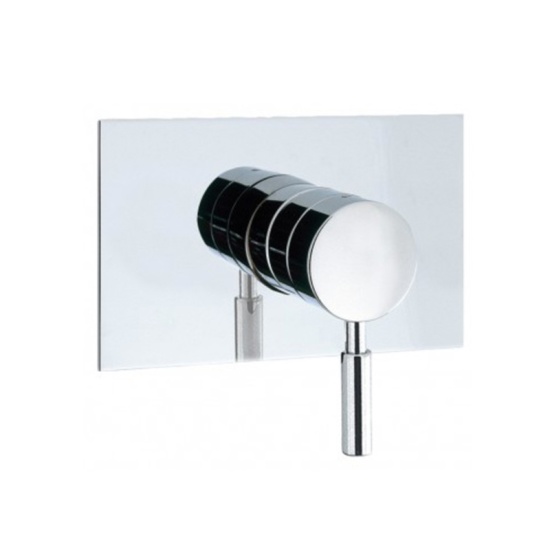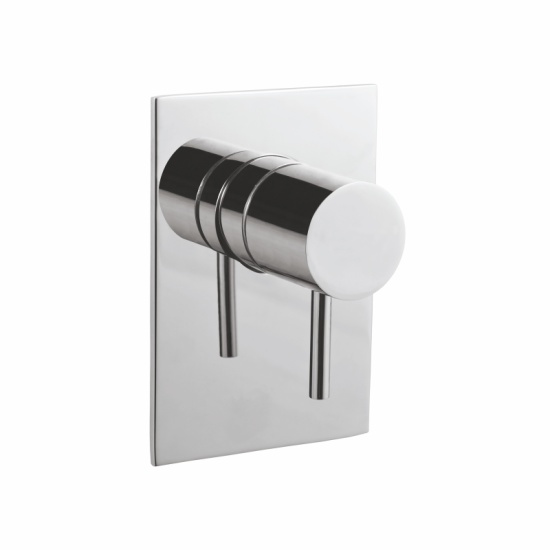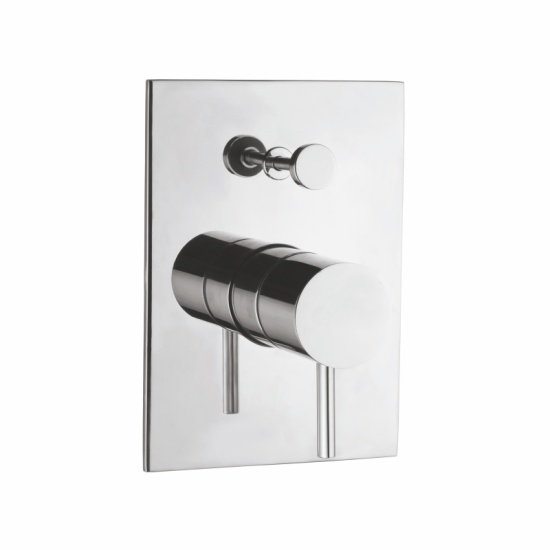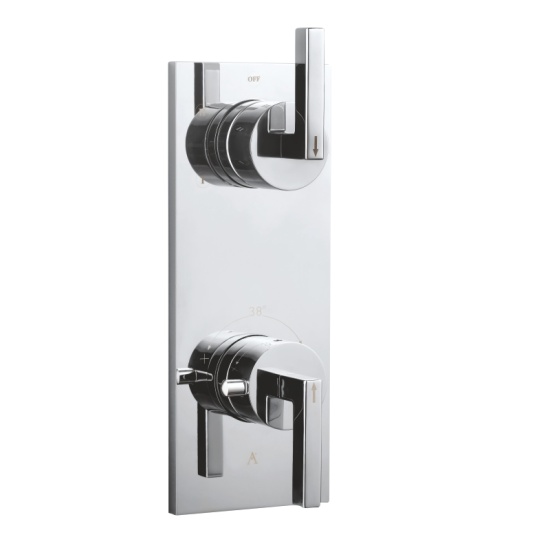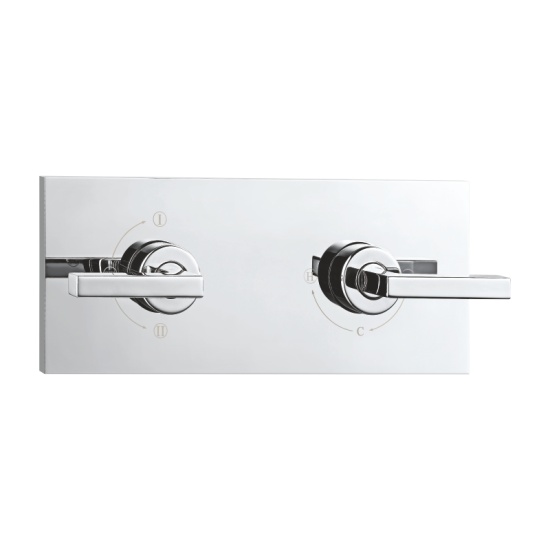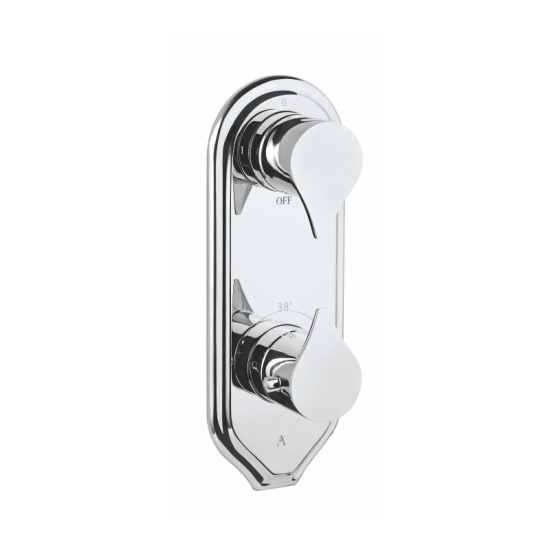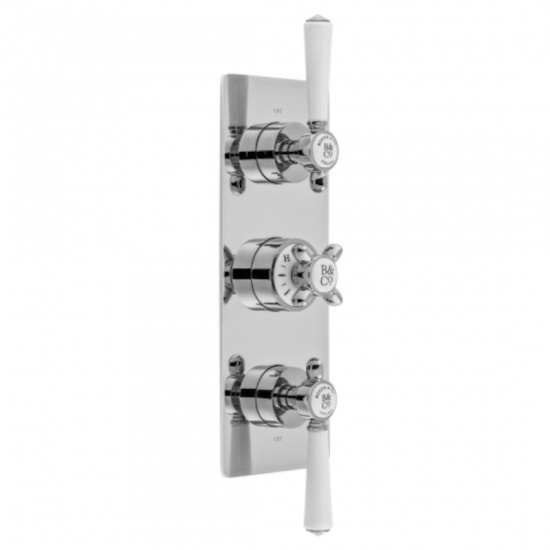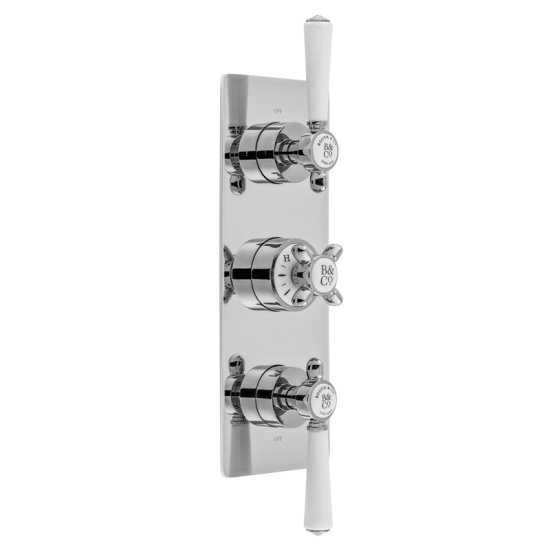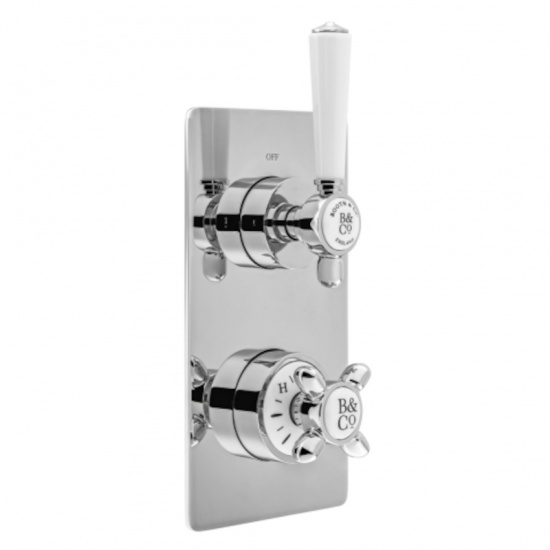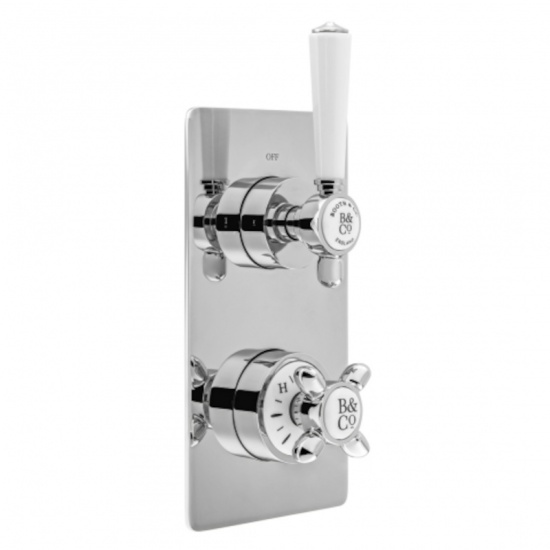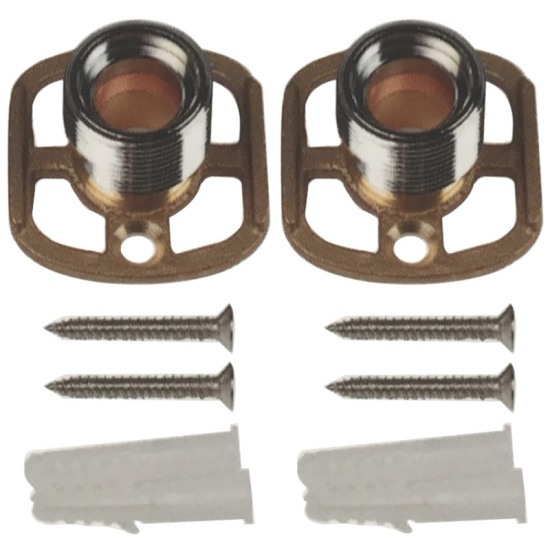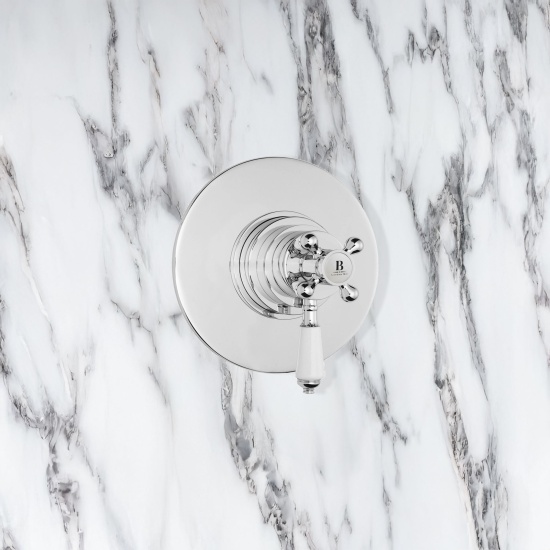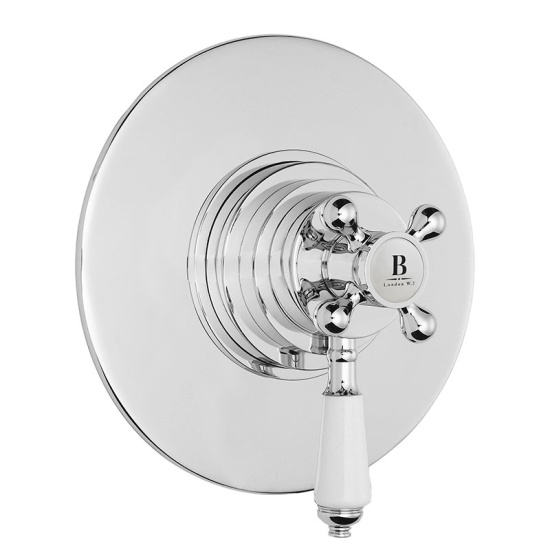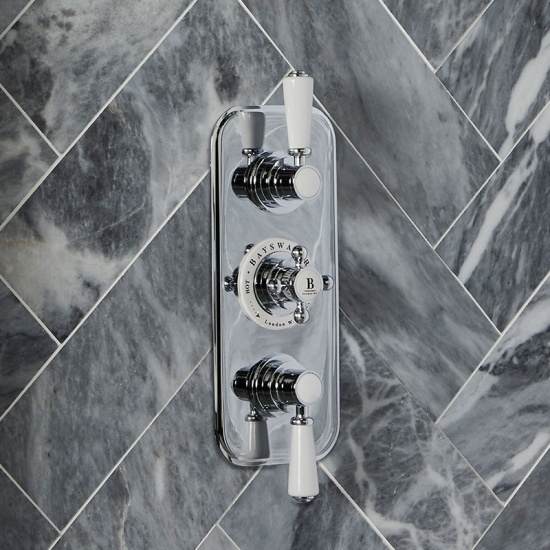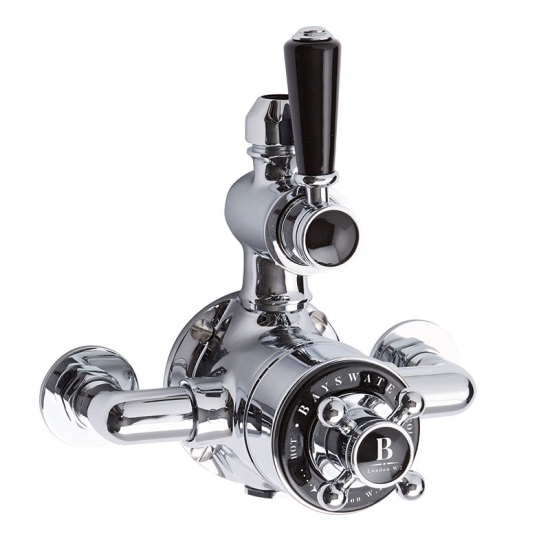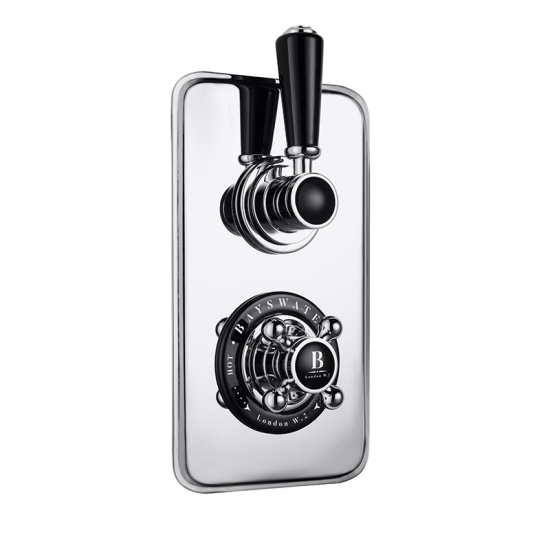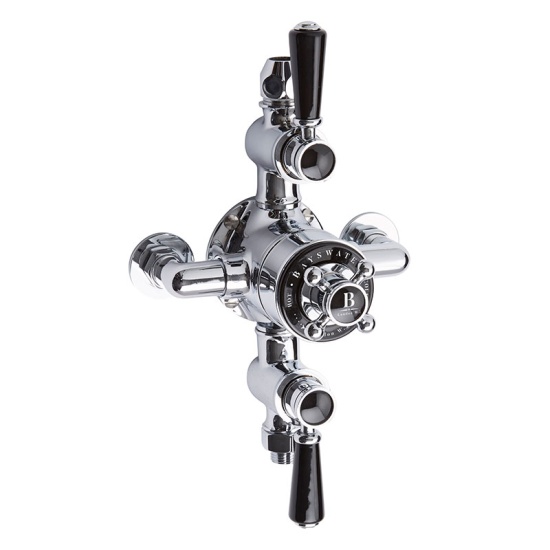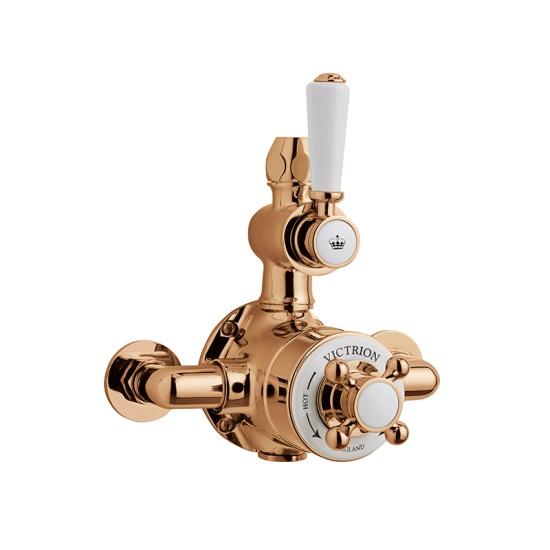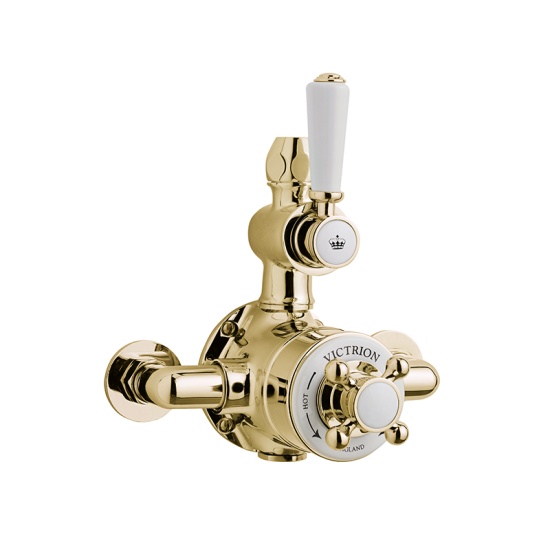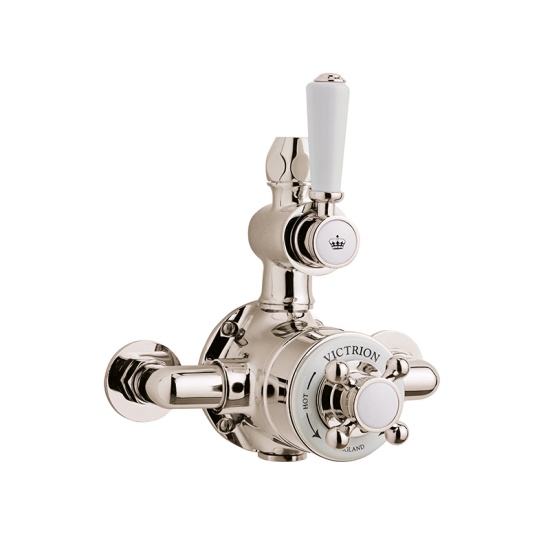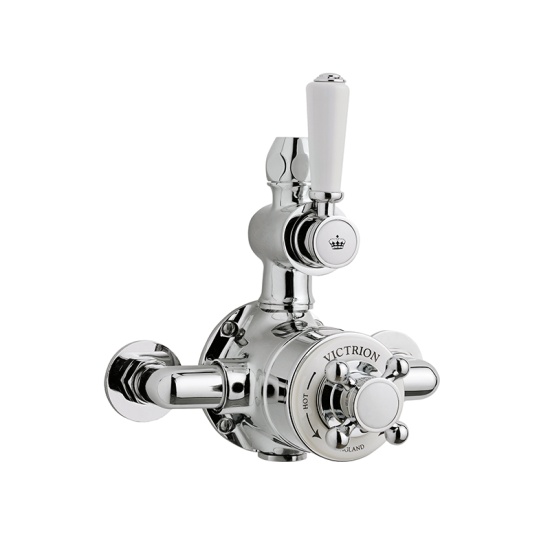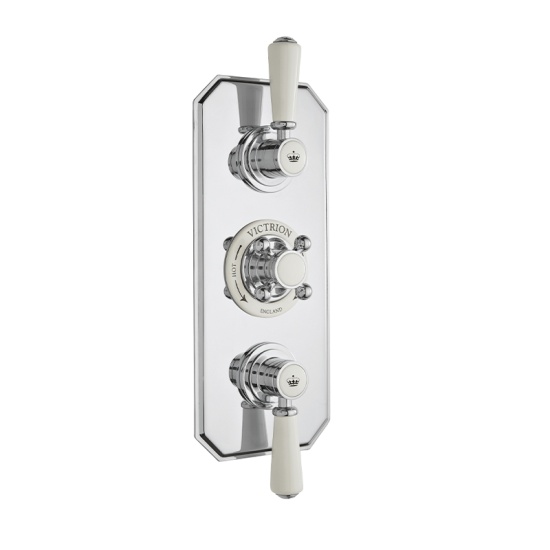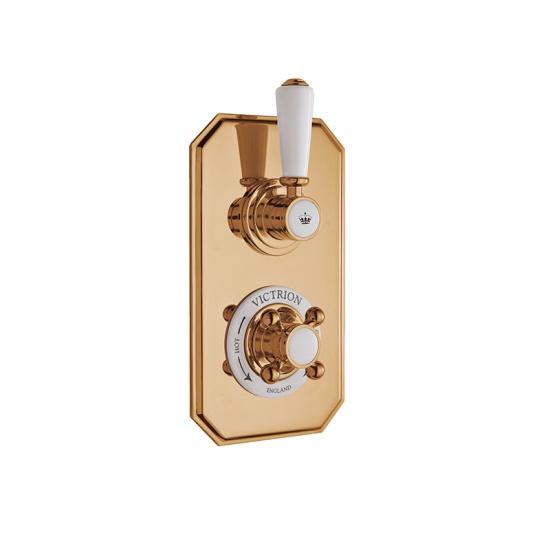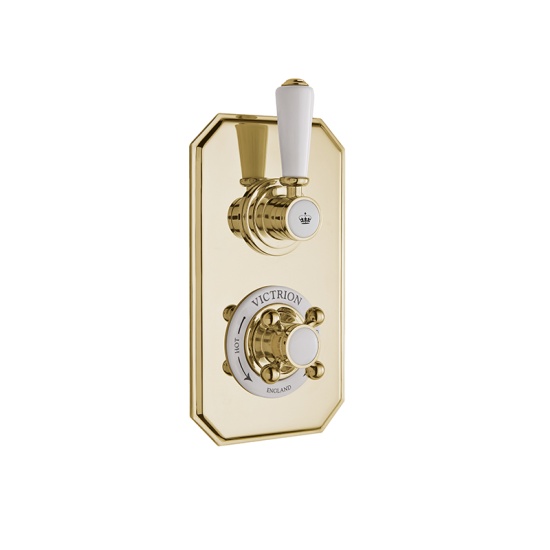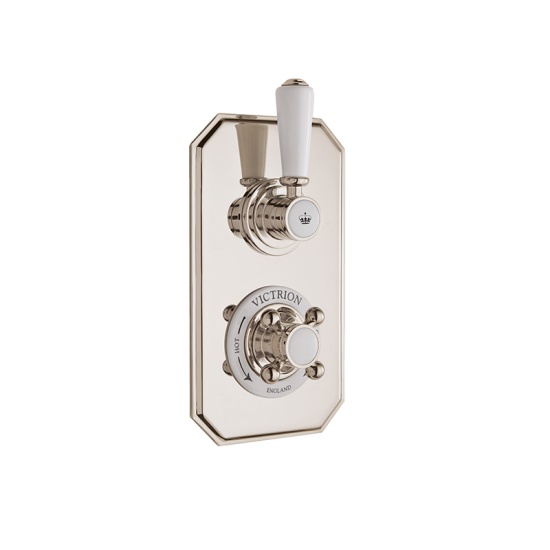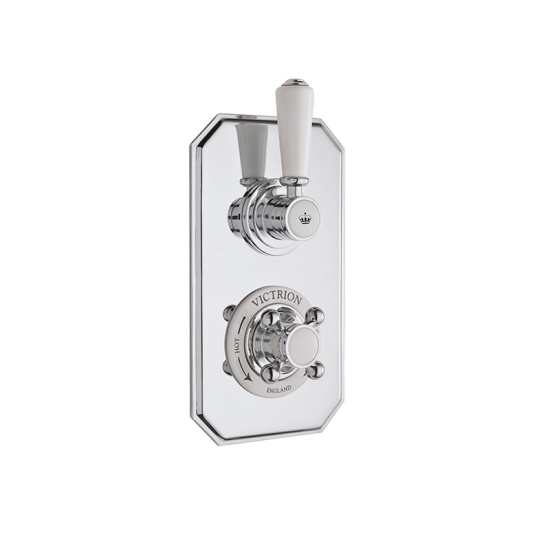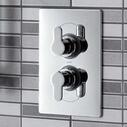When purchasing a shower valve, it is important to consider your household needs. do you need a handheld shower head or just an overhead shower head and how about body jets? Next, you need to decide on the type of valve you need such as a pressure balance, thermostatic, or diverter valve. Additionally, you should think about the style, finish, and features that you want from your shower valve. For example, you may want a valve with two outlets or a three-way diverter valve. It is also important to consider the size of the valve and the installation requirements. Once you have considered these factors, you can choose the best shower valve for your needs. A two-way valve has two outlets, allowing water to flow from both outlets simultaneously. A three-way valve is typically a diverter valve, which allows you to switch between two different outlets. A four-way valve is a diverter valve with four outlets, allowing you to switch between four different outlets. These outlets can be a showerhead, an overhead shower, a hand-held showerhead, or body jets. The designs, shapes, and styles of shower valves vary greatly depending on the manufacturer. For example, some valves may have a sleek, modern design while others may have a more traditional look. You may also want to consider the finish of the valve, as it should match the rest of your bathroom fixtures. When it comes to choosing between exposed and concealed shower valves, the main difference is in their installation. An exposed shower valve is installed outside of the wall, meaning it is visible and easy to access. A concealed shower valve is installed within the wall, making it less visible and more difficult to access. The type of valve you choose will depend on the look you want for your bathroom, as well as the ease of installation. The difference between thermostatic and nonthermostatic valves is that thermostatic valves are designed to maintain a consistent temperature. This is done by automatically adjusting the water flow to maintain a set temperature. Non thermostatic valves do not have this feature, and thus the temperature of the water can fluctuate more.
